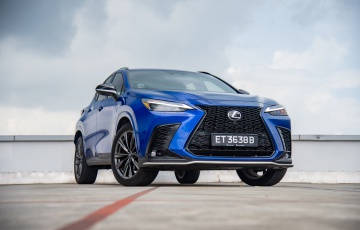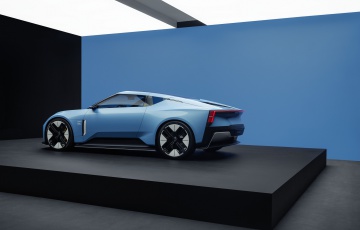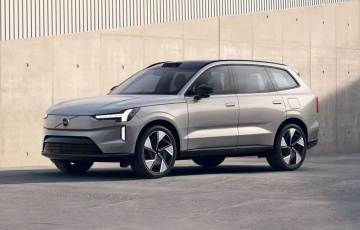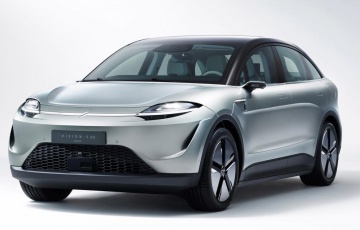Should Singapore’s horsepower limits be raised?
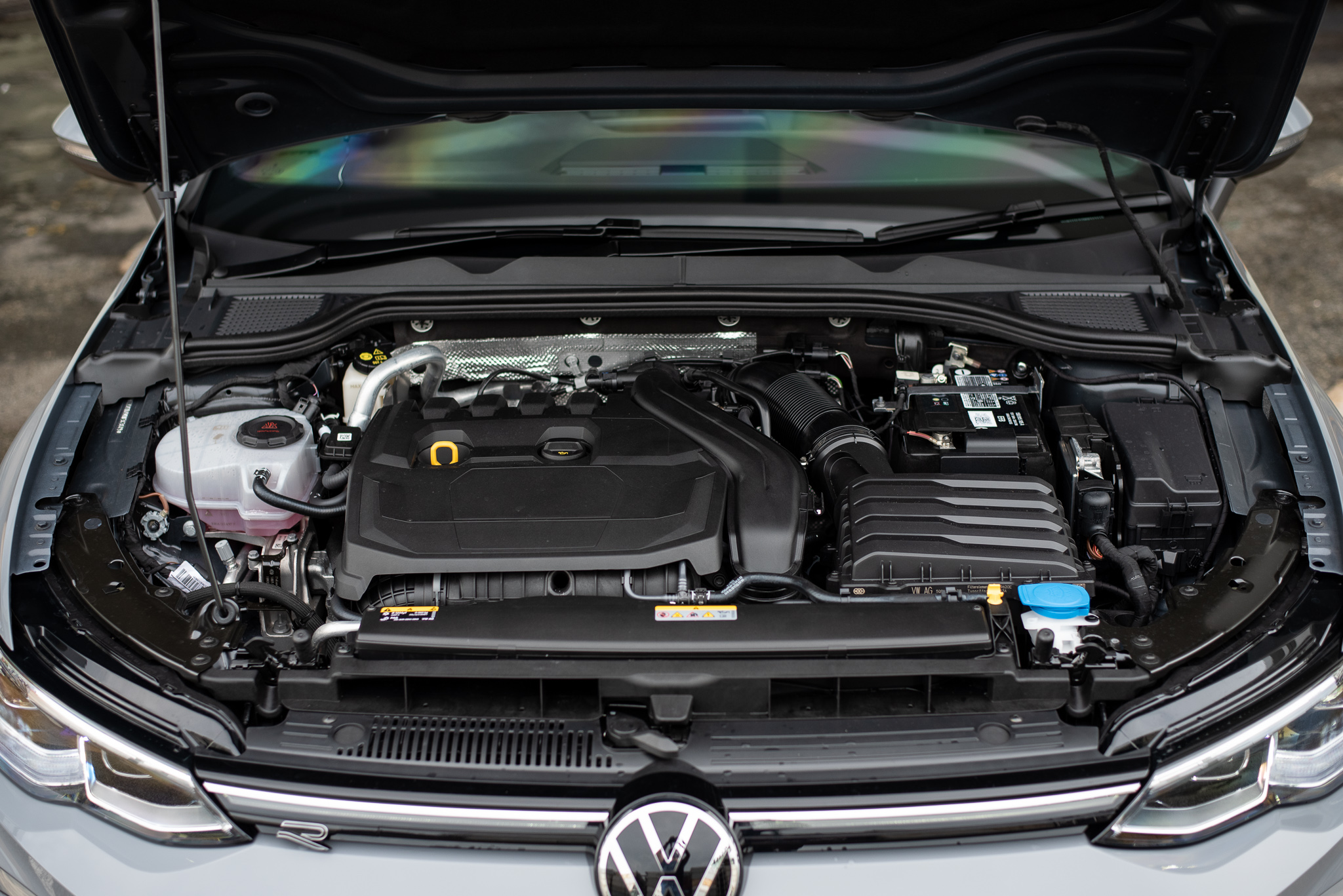
Should Singapore’s horsepower limits be raised?
Question: Is 130 horsepower enough for Category A cars?
Just last week, the Land Transport Authority announced a revision to the pre-existing COE maximum power outputs (MPO) for electric vehicles. As of now, cars with an engine capacity of ≤1600cc or maximum power output of ≤130hp can be placed under the Category A band. Anything that surpasses 1600cc or 130hp will be categorised under band B, which is typically reserved for premium or luxury vehicles.
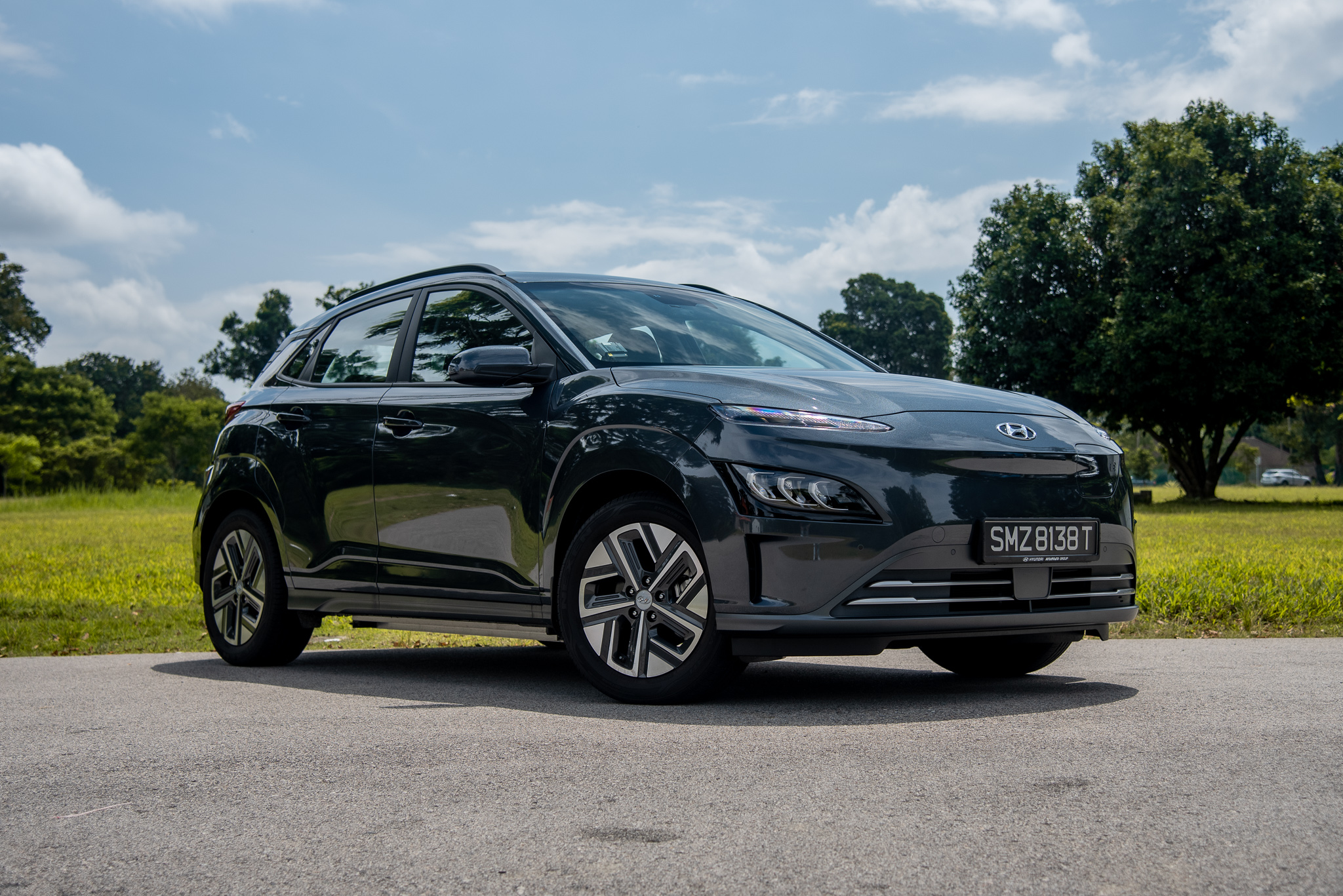
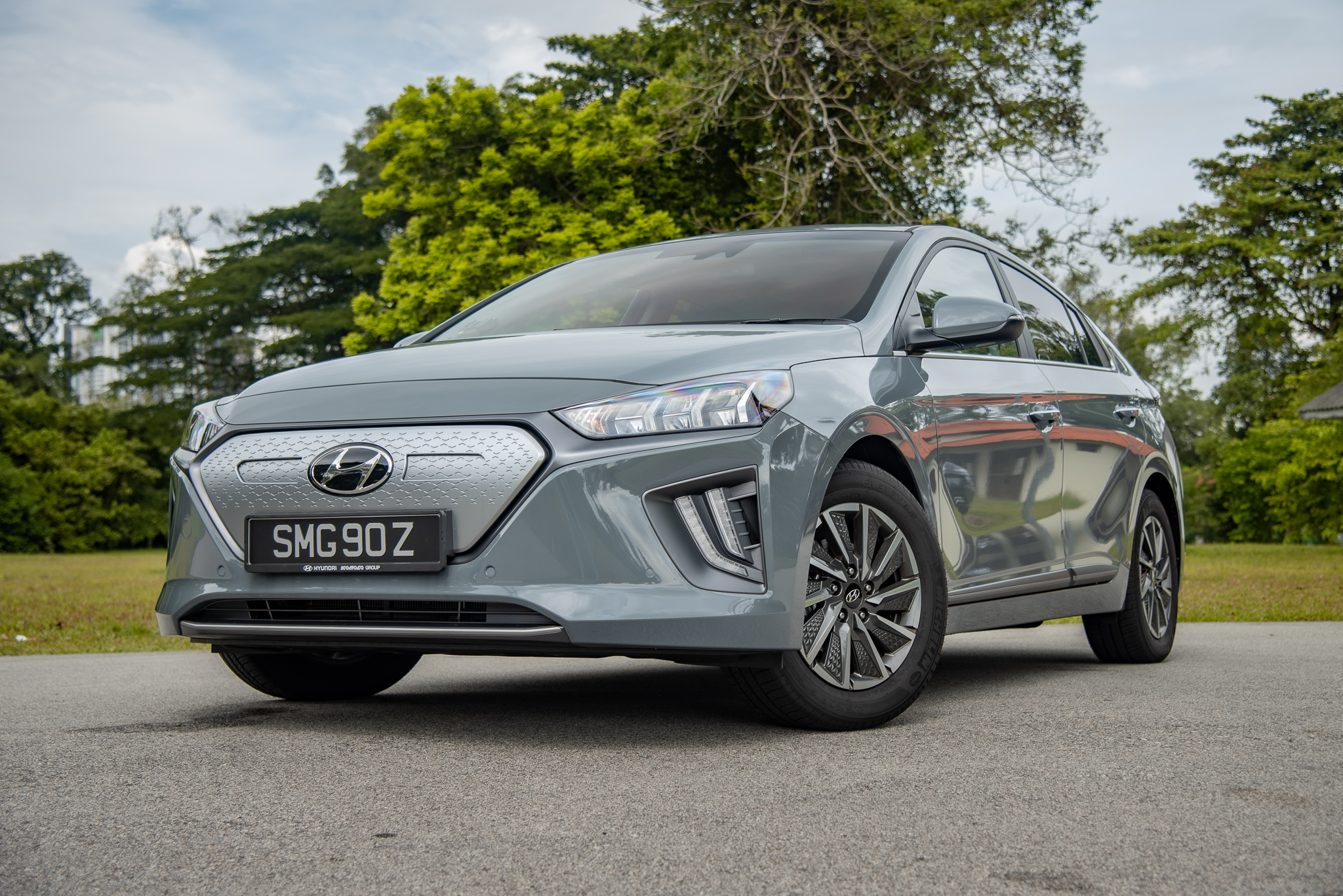
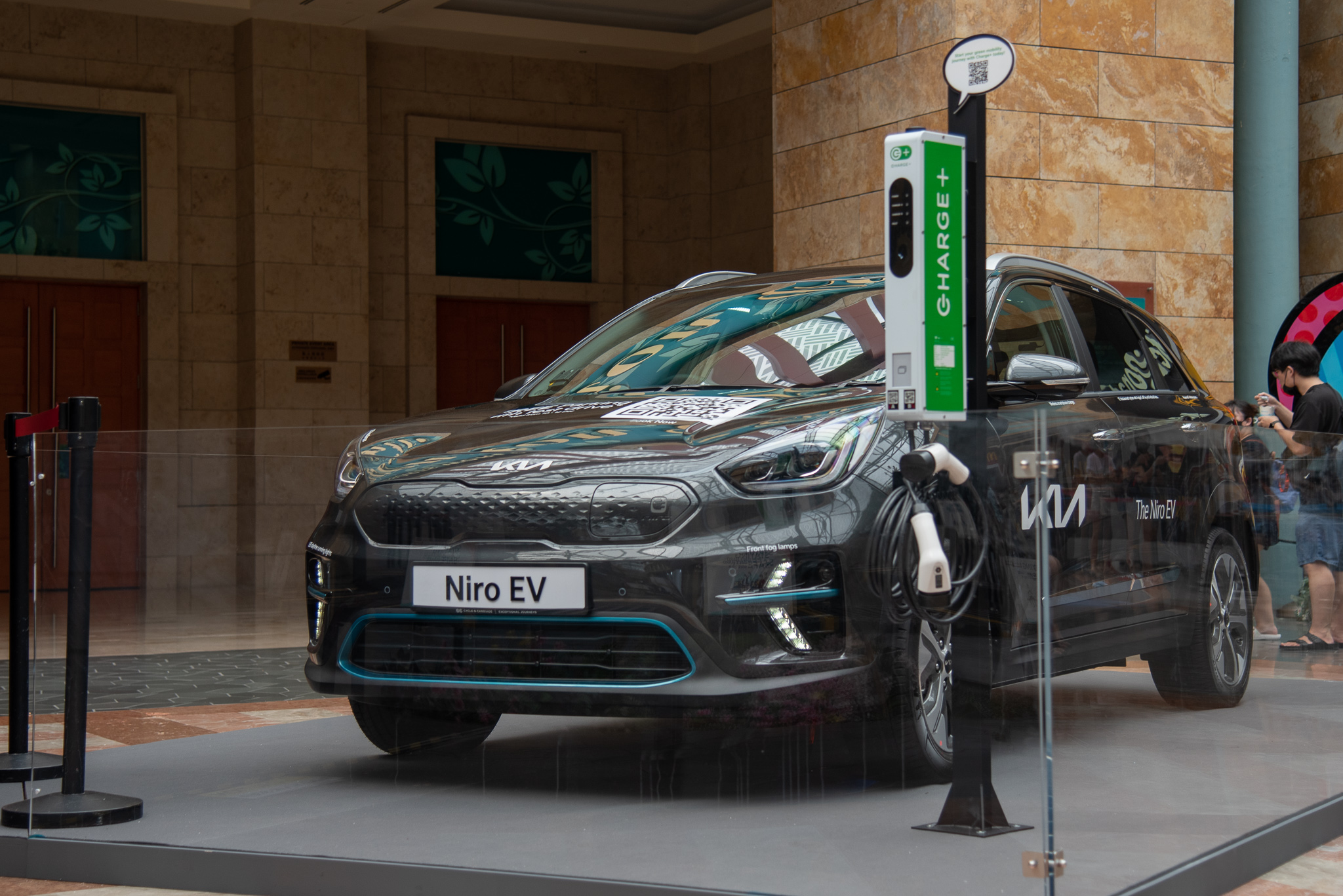
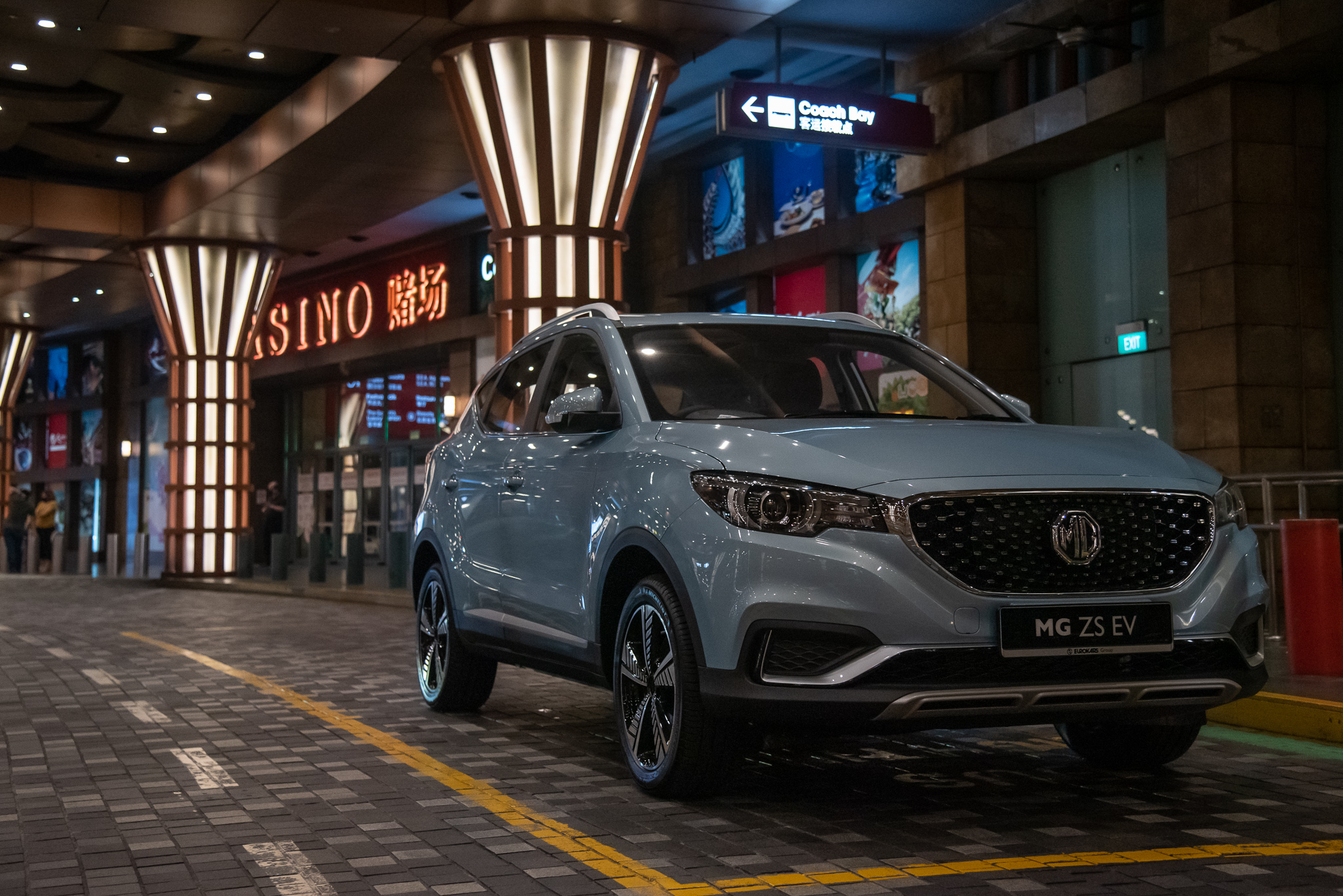
From May 2022 onwards, the new COE revision will allow EVs with an MPO threshold of up to 110kW/147hp to fall within Category A. That’s good news for a handful of EVs including the Hyundai Kona EV, Hyundai Ioniq EV, Nissan Leaf, Kia Niro EV and several other electric cars.
However, this 13kW increase isn’t applicable for more conventional gasoline-powered engines. That includes internal combustion engines (ICE), hybrid drivetrains and plug-in hybrids (PHEV).
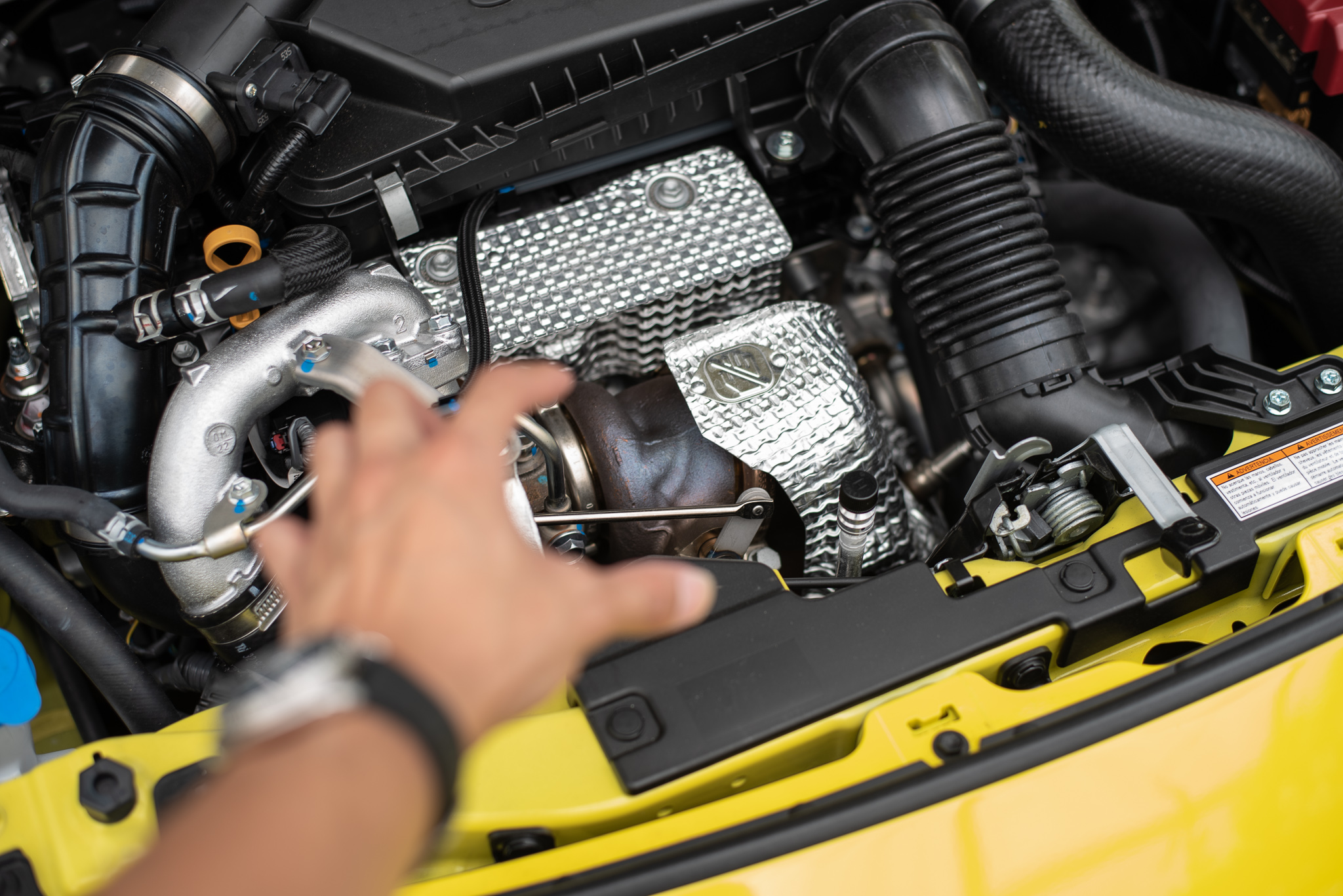
In the current automotive space, a large majority of production vehicles have engines that are aided by forced induction, which in most cases comes in the form of a turbocharger. In some cases, it may come in the form of a hybrid electric motor. Both of which serve to increase the power output of any given car.
More often than not, these power bumps will endow cars with more power, but at the same time tip them over into the Category B COE band which is typically more expensive. At the time of writing, the COE premium for Category B sits at S$94,889 (other categories are as follows; Cat A - S$68,501, Cat E - S$98,890). That’s the third-highest sum that Category B has risen to in the past decade.
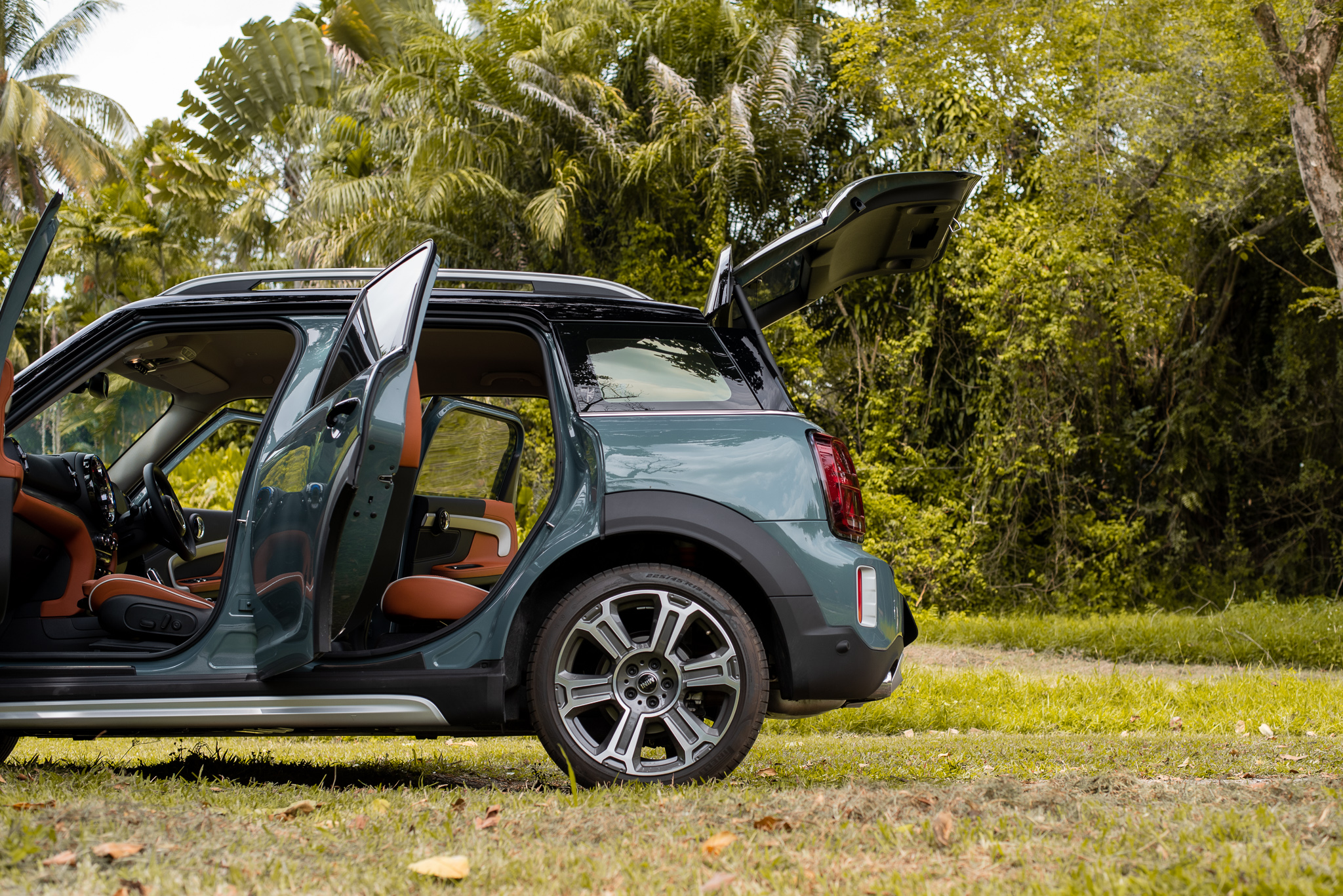
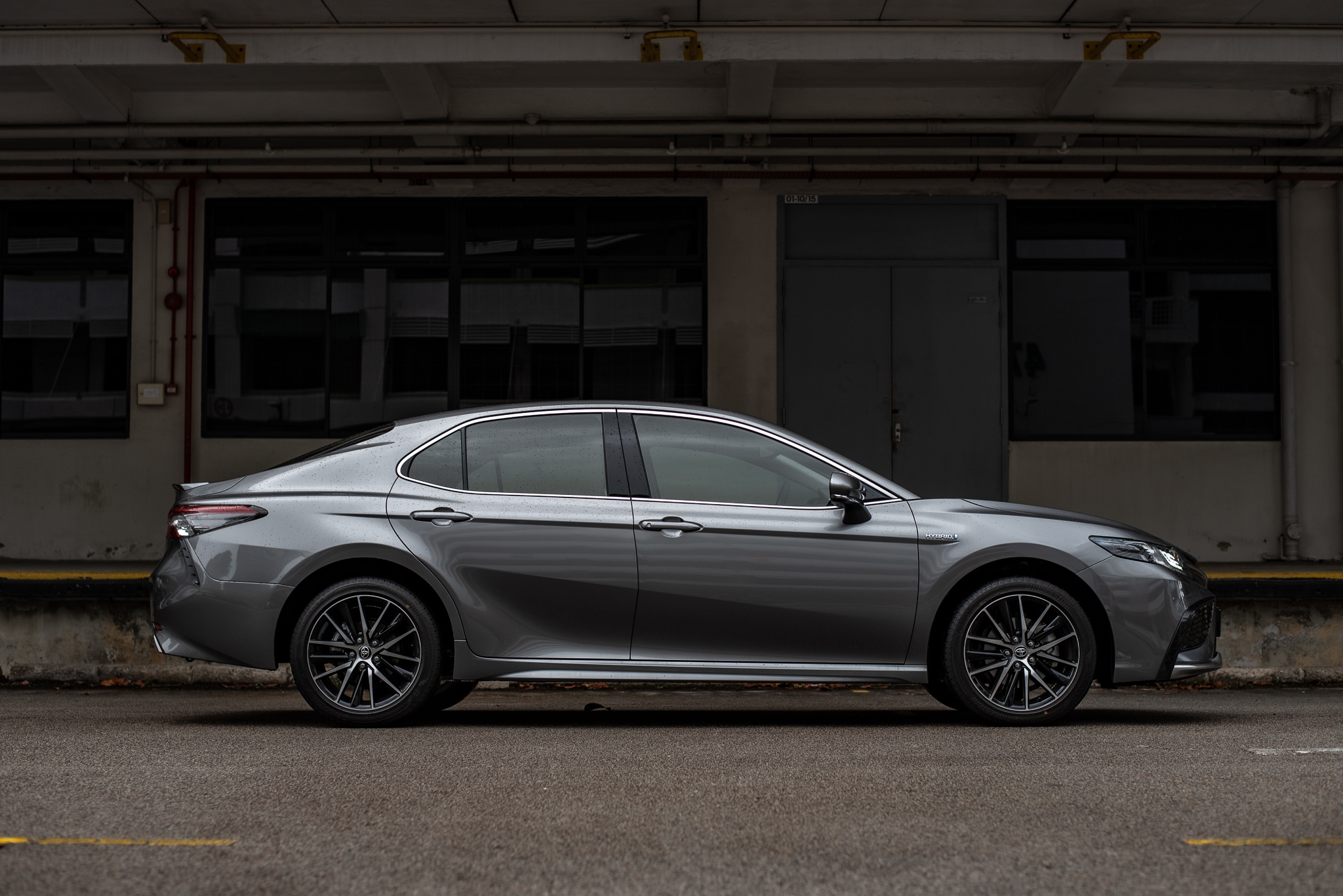
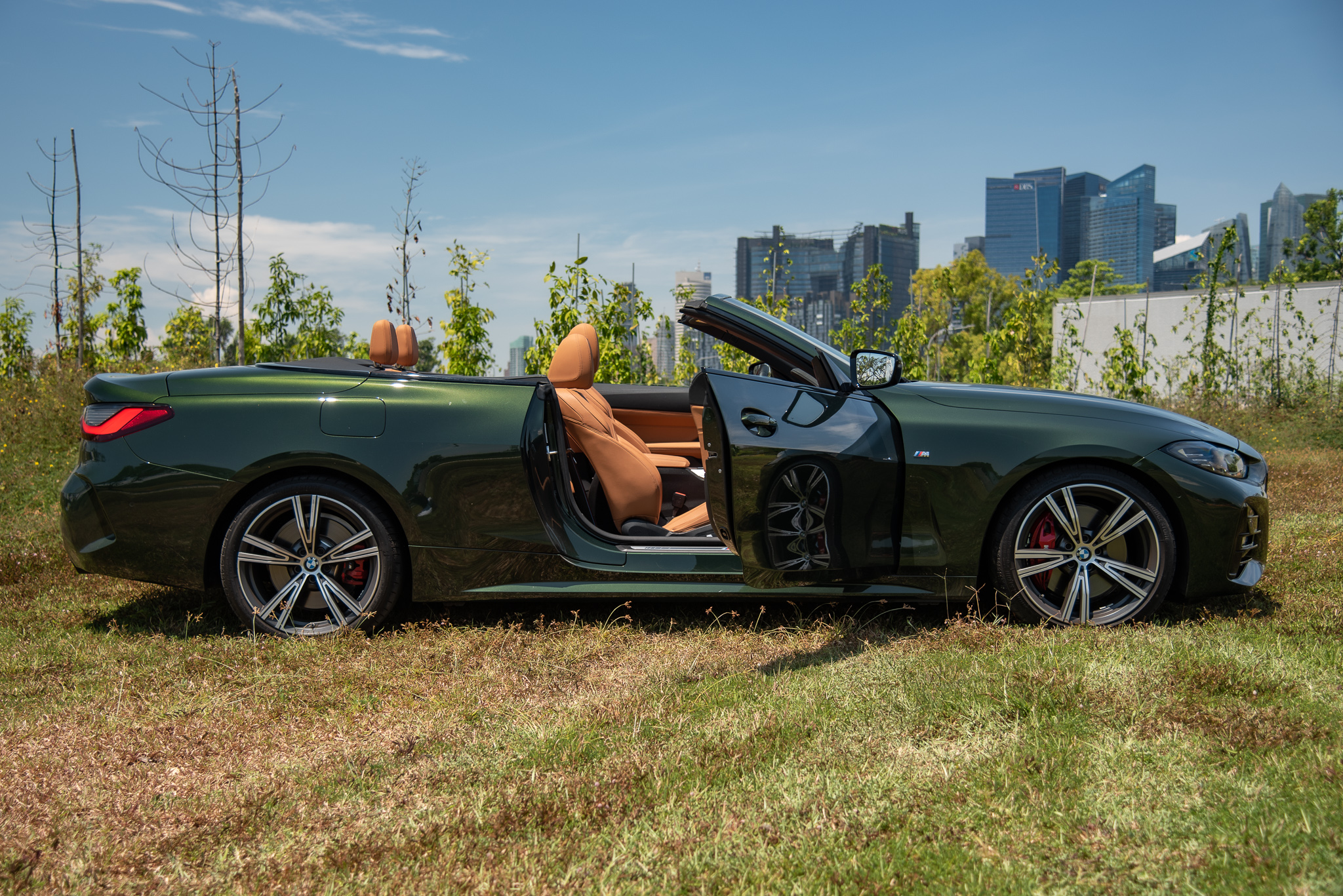
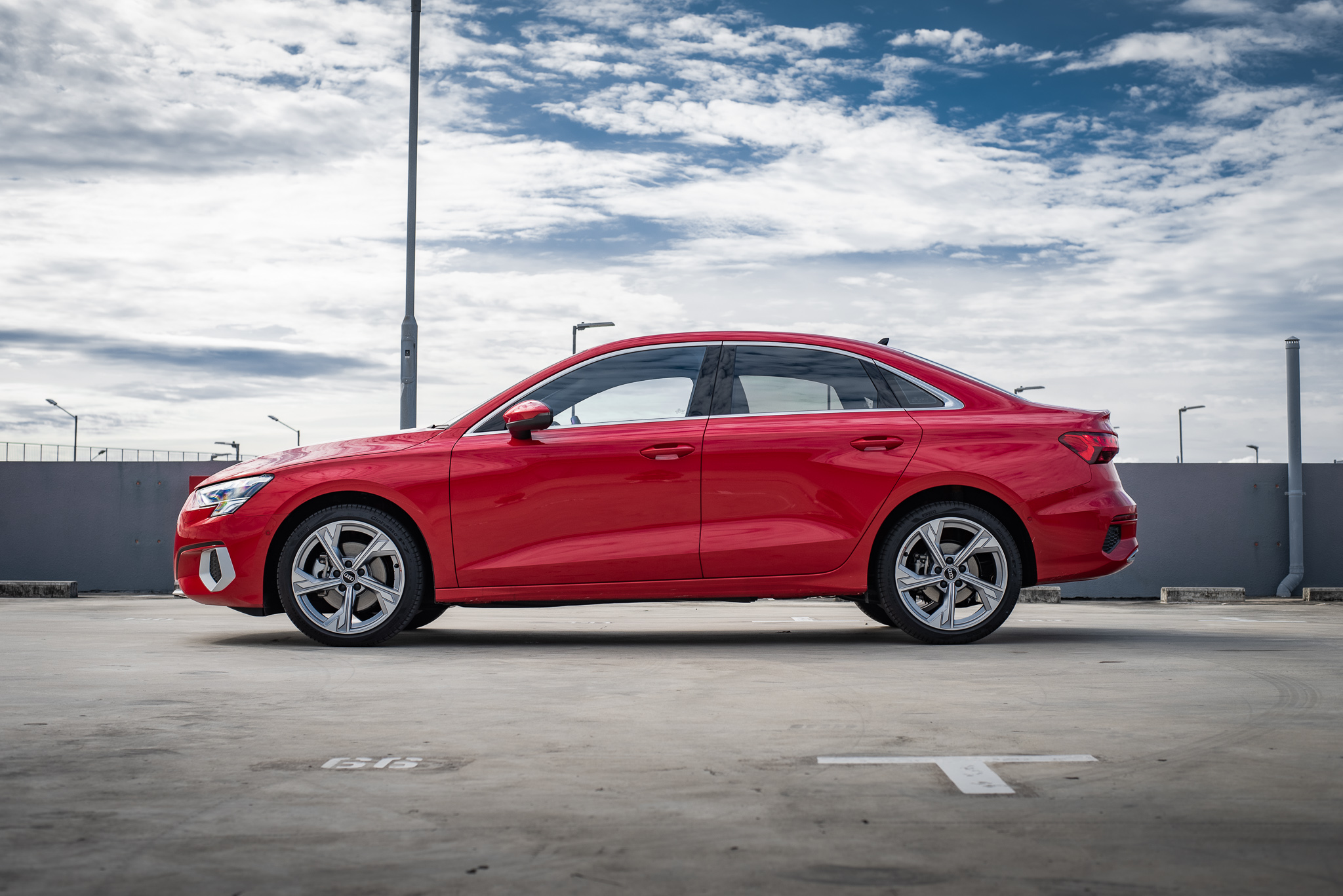
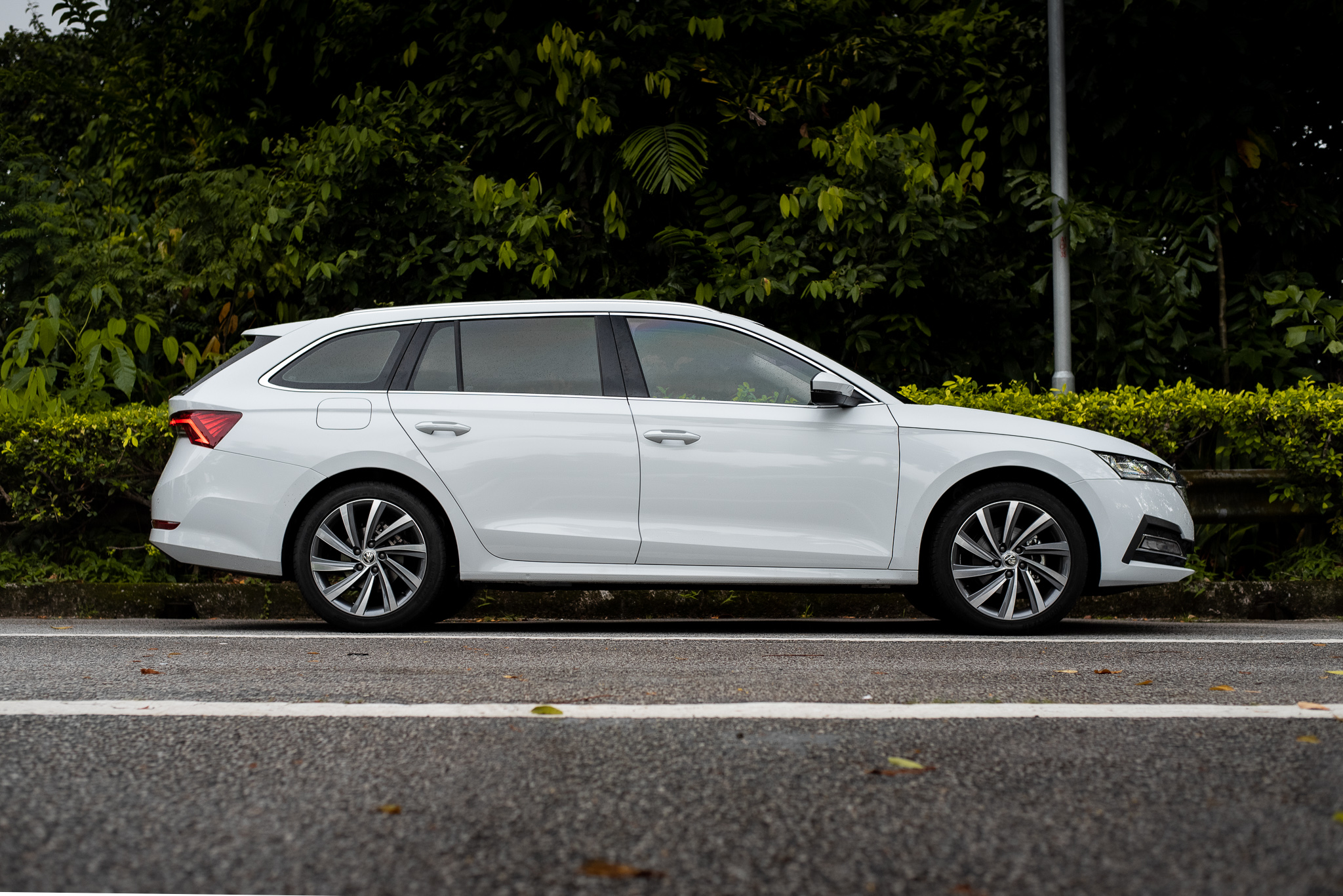
Given the high COE premiums in recent months, that’s bad news for brands here, and buyers. Buyers would generally have to pay an additional premium for these more powerful cars that are deemed “premium” or “luxury” vehicles. Cars with higher power outputs are also taxed and insured differently than their so-called “mainstream” counterparts. This in turn could dissuade consumers from purchasing higher-powered cars. Ergo, bad news for the automotive dealerships here.
However, in this day and age, power isn’t a determinant factor in a car’s perceived level of “luxury”. Engines of this era have to be downsized to meet global emission regulations, and manufacturers have to rely on forced induction to circumnavigate these emissions laws to ensure their cars produce enough power for their intended purpose.
It’s also worth noting that modern cars are often much heavier these days. Owning to added creature comforts, safety regulations or simply because cars are getting larger.
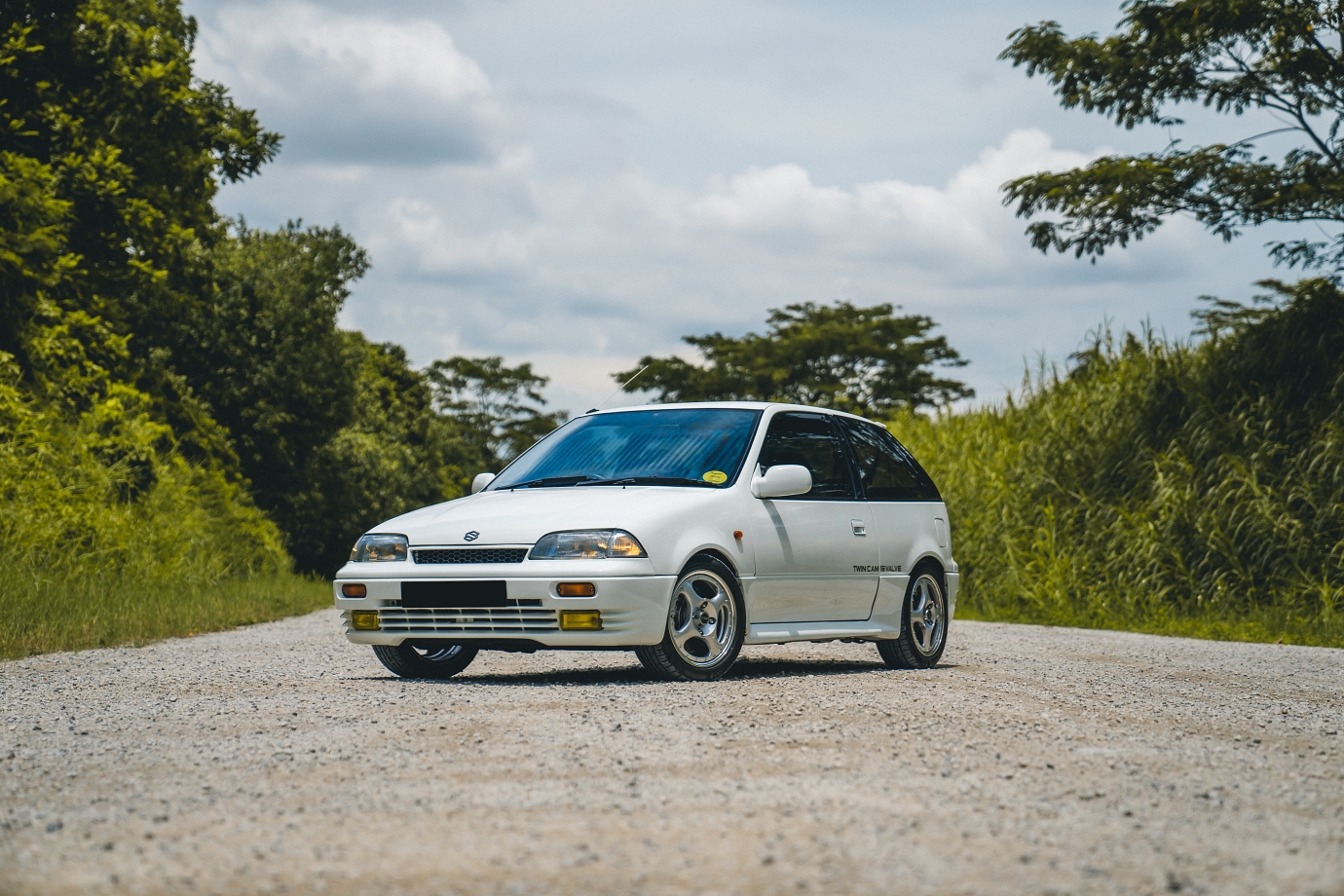
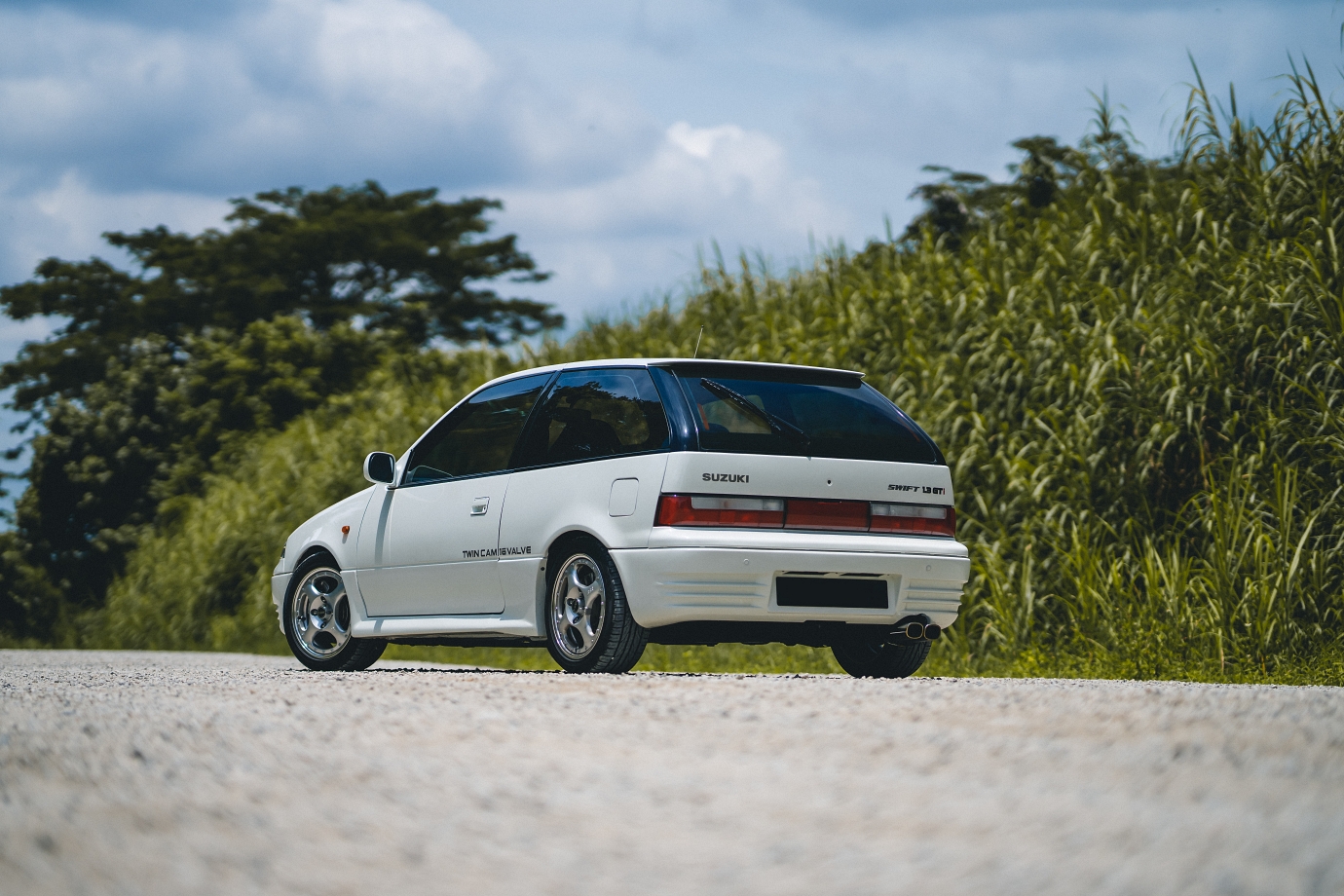
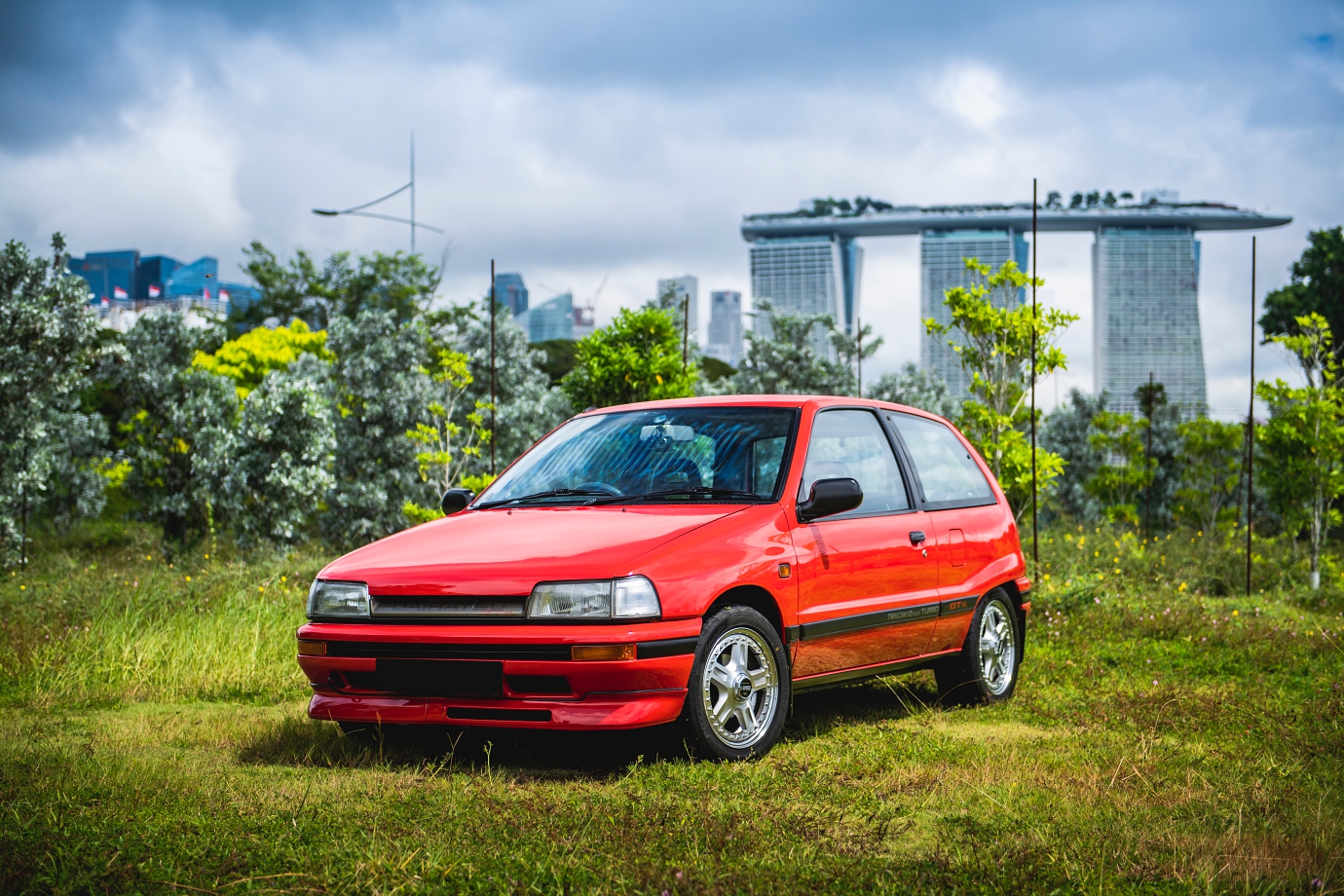
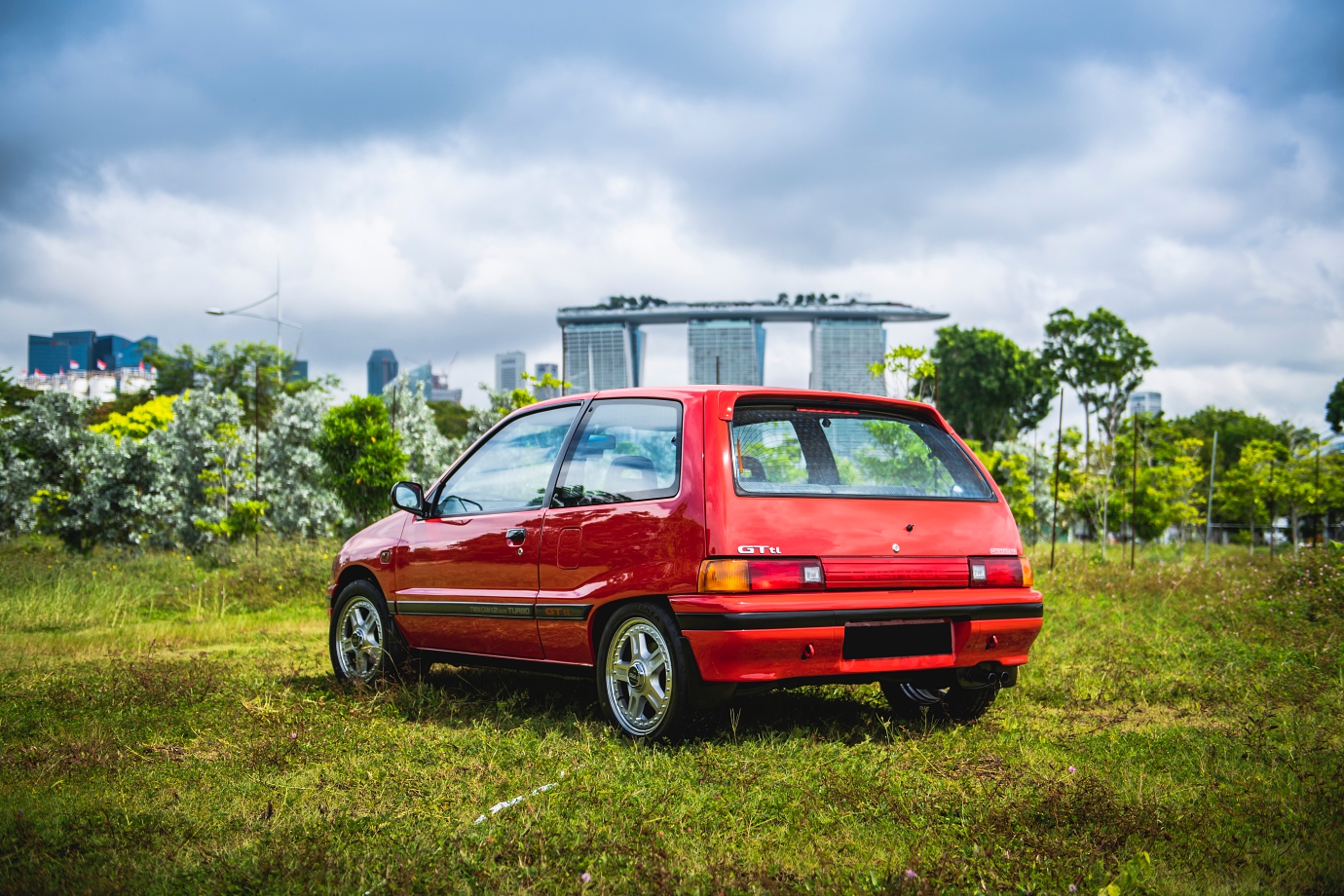
Take the 1992 Suzuki Swift GTi and the 1989 Daihatsu G100 Charade GTti for instance. In this day and age under current COE categorisations, both hatchbacks would fall under the 1600cc engine capacity limit, with displacements of 1298cc and 993cc respectively. The Swift GTi’s naturally aspirated four-cylinder produces 101hp, while the Charade GTti sits comfortably at the 100hp mark thanks to its turbocharged inline-three cylinder powerplant.
So both these cars fall squarely under Category A’s displacement and horsepower limit. But because both cars weigh a shade under 820kg (815kg in the Suzuki’s case, 818kg for the Daihatsu), they are both noticeably quicker than most modern production cars that nestle within the COE Category A limit today.
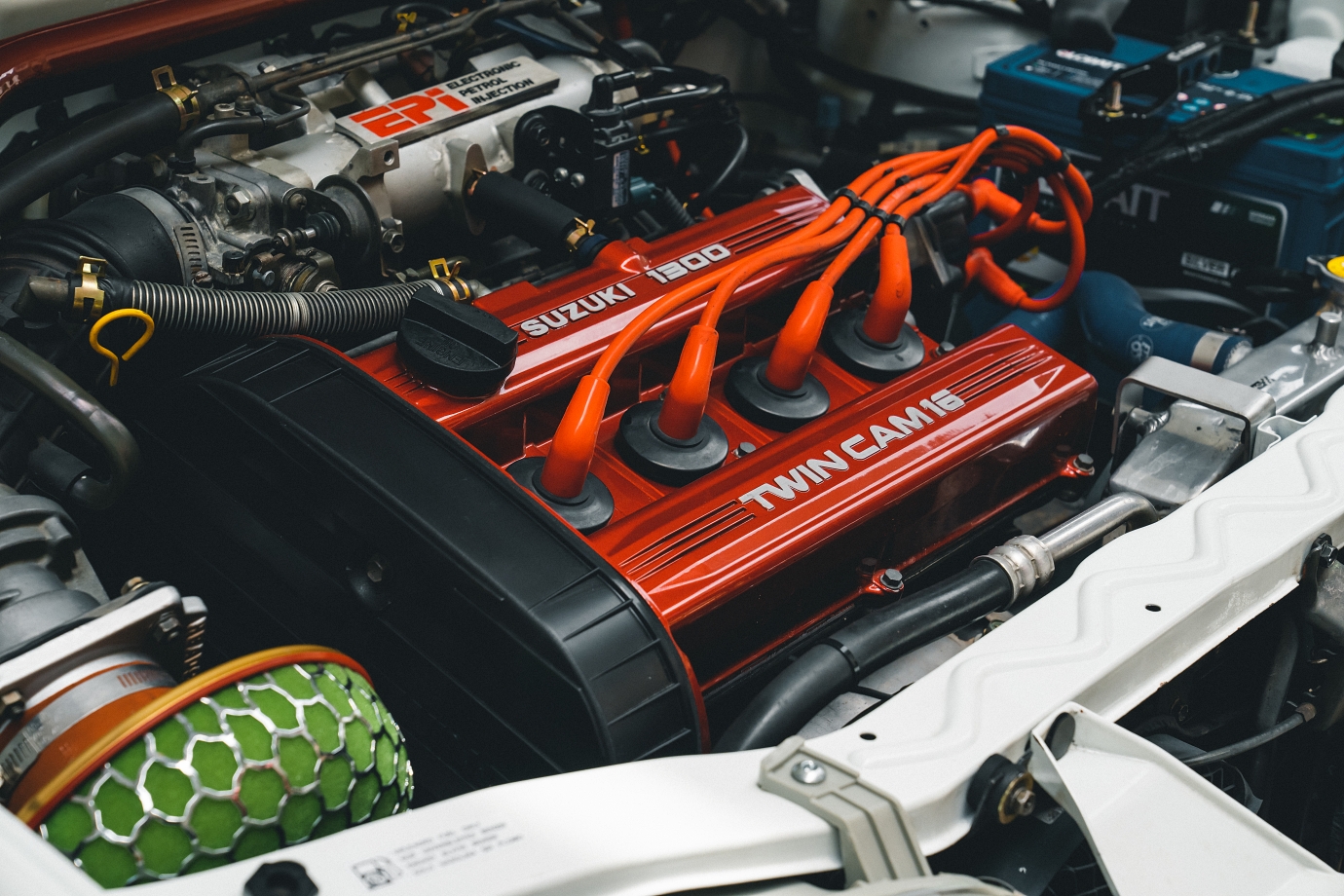
For the sake of this argument, we’ve negated transmission losses and gross weight figures. Let’s just assume a car’s power-to-weight ratio (PWR) as the key figure in determining a car’s efficacy in the real world.
The Swift GTi has a power-to-weight ratio of 123.9hp/ton, while the Charade GTti’s PWR is 122.2hp/ton. Simply put, the power-to-weight ratio of the Swift GTi and Charade GTti are much better than that of most modern cars that fall within the Category A COE band. (One such exception is the latest Suzuki Swift Sport, which has a PWR of 124.5hp/ton)
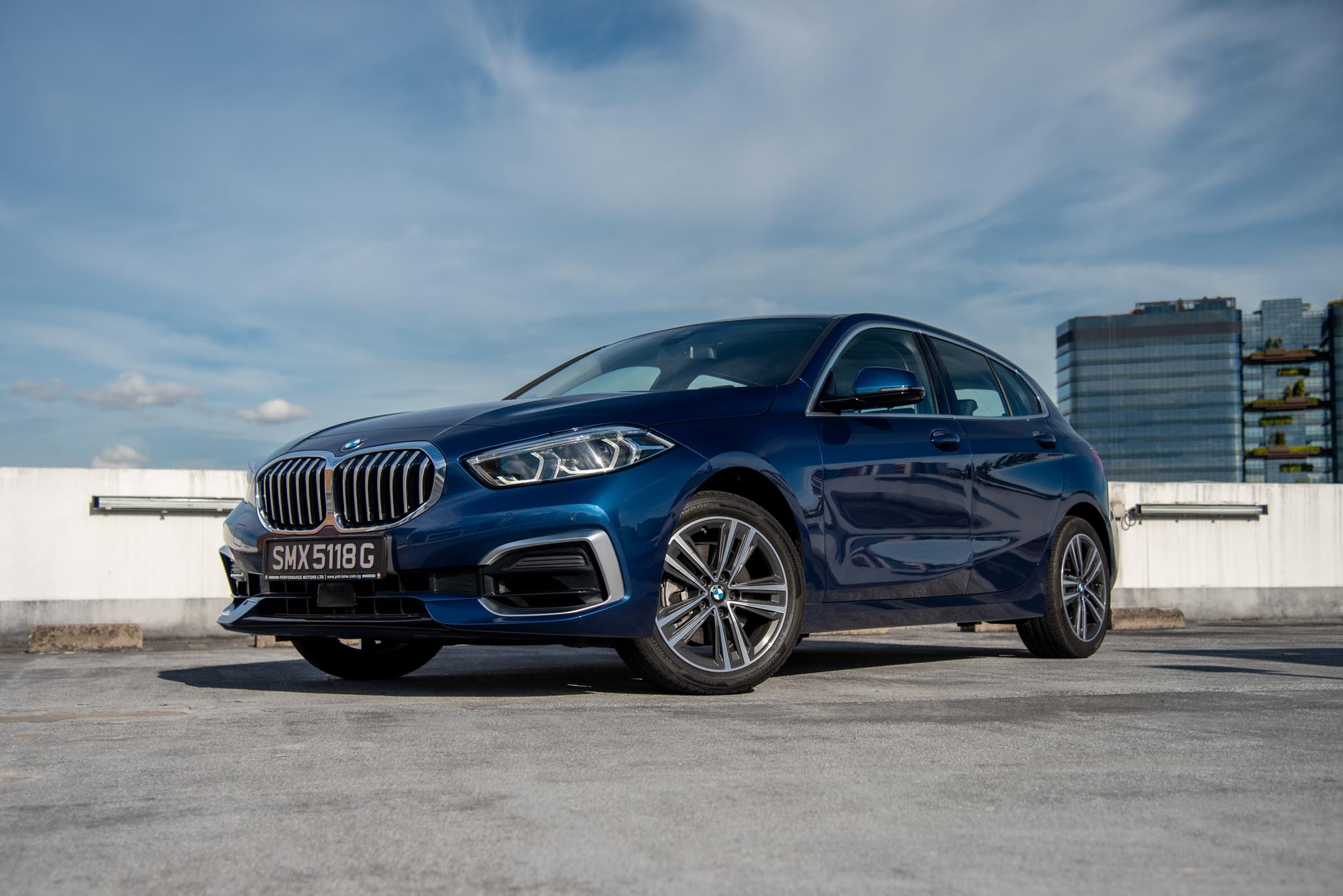
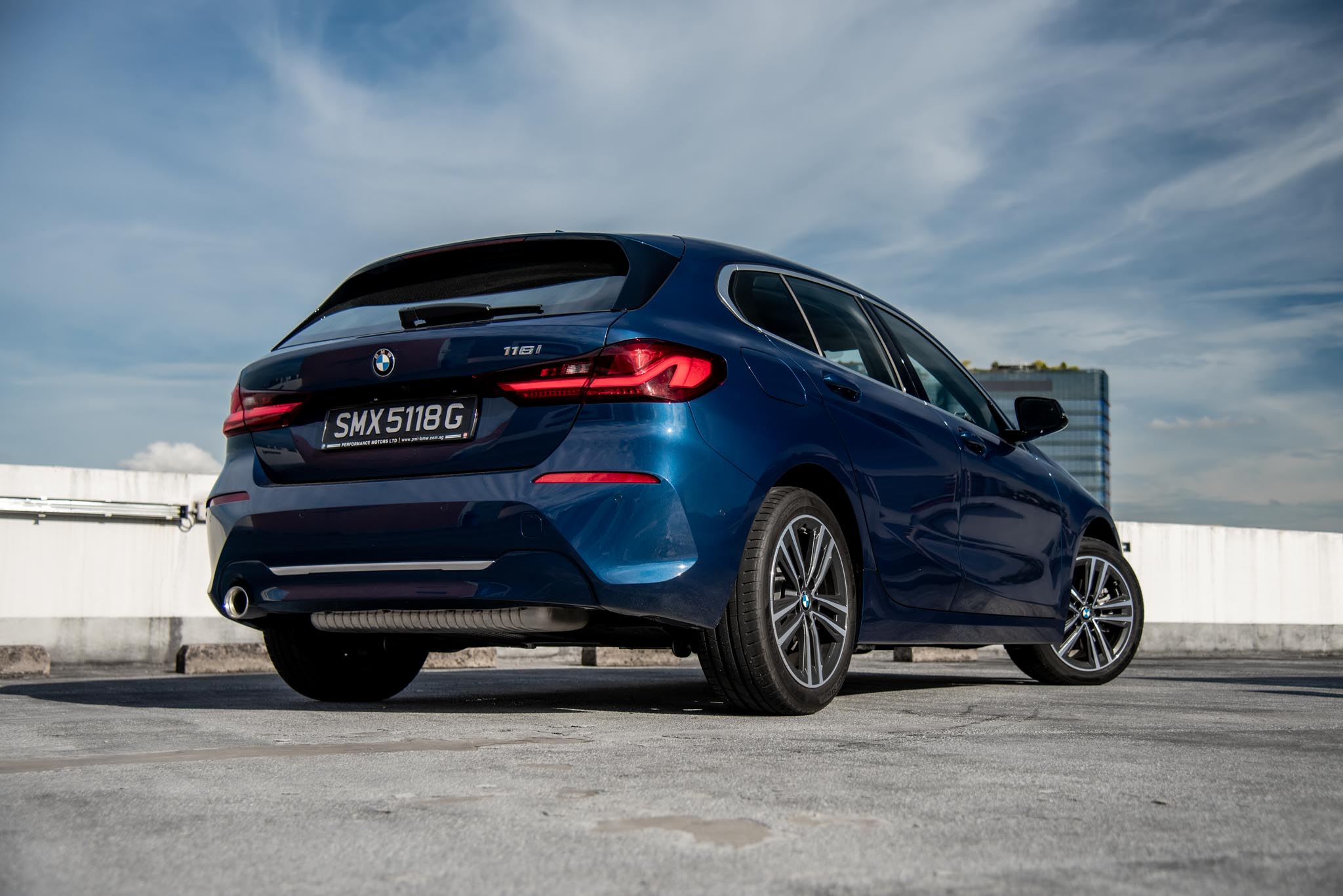
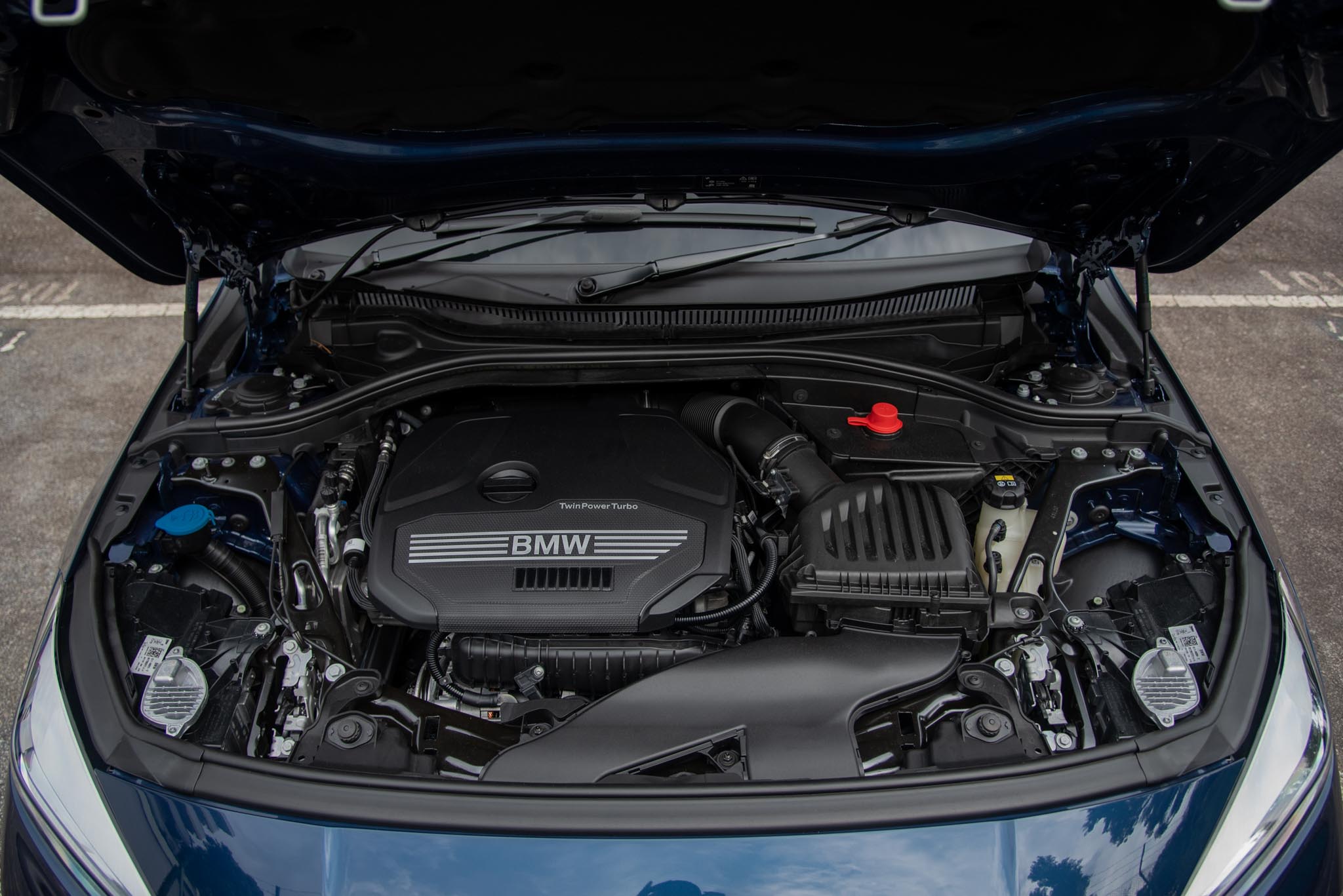
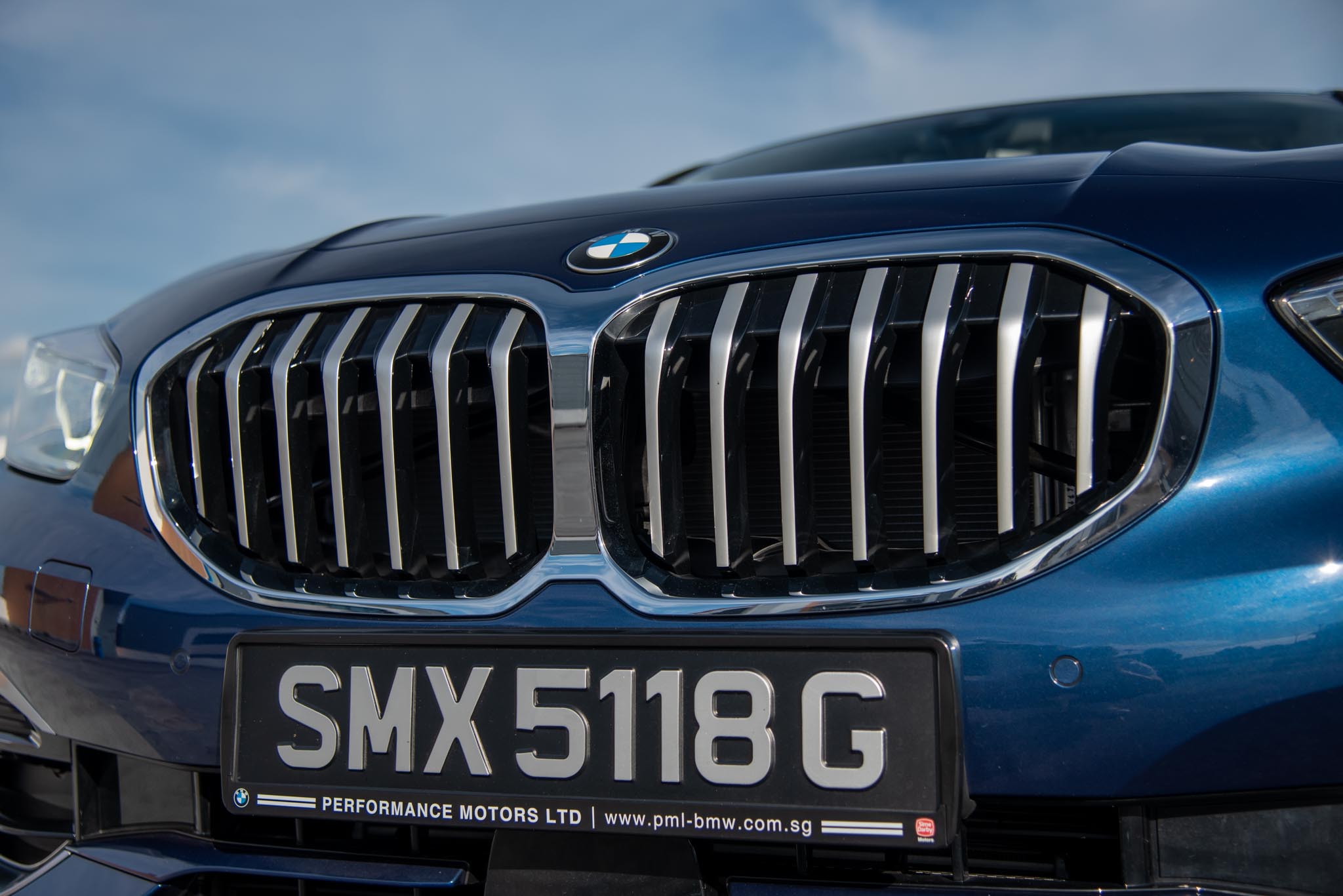
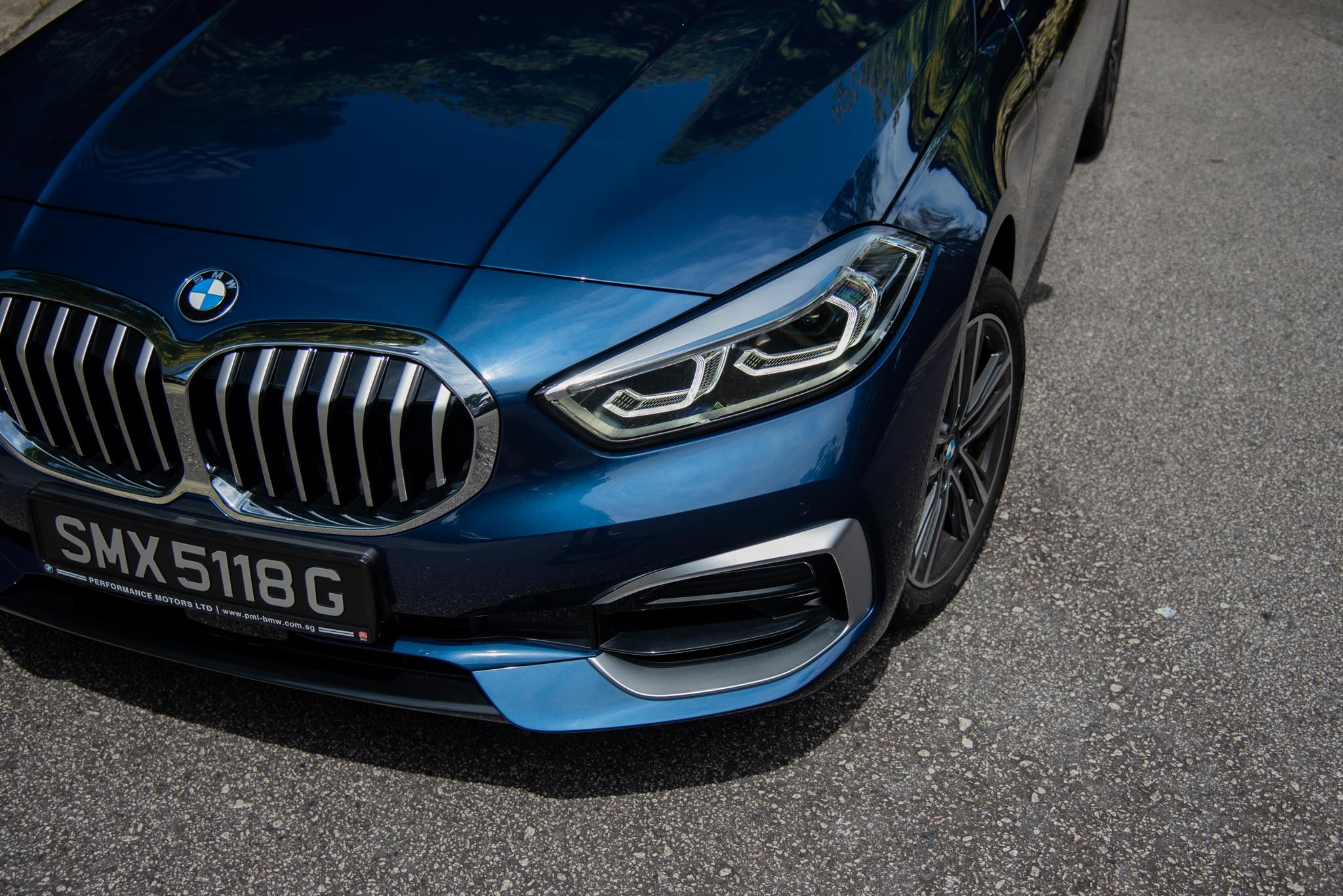
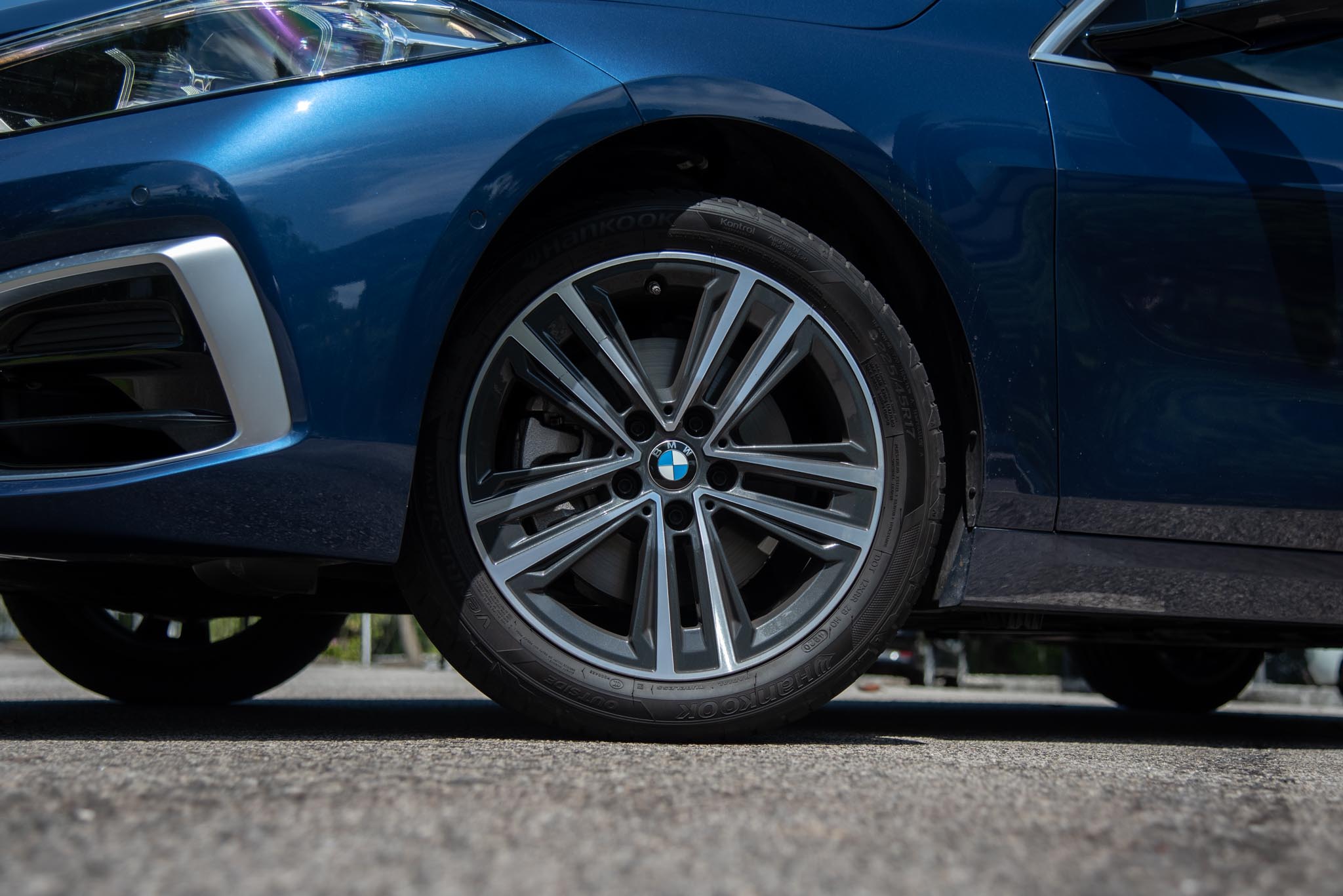
Take the latest F40-generation BMW 116i hatchback for instance. It has a 1.5L turbocharged 3-cylinder that produces 109hp. In a car with a kerb weight of 1,290kg, that puts its PWR at 84.5hp/ton. One could also look at the specifications of the 11th-Generation Honda Civic. It has a 1.5L turbocharged four-pot that produces 129hp and it weighs 1,284kg, which gives it a power-to-weight ratio of 100.4hp/ton.
Conversely, if we were to look at ICE cars that have a little more power, we’d find that these cars often boast more modest specific power ratios. Ratios that would make them quicker in the real world.
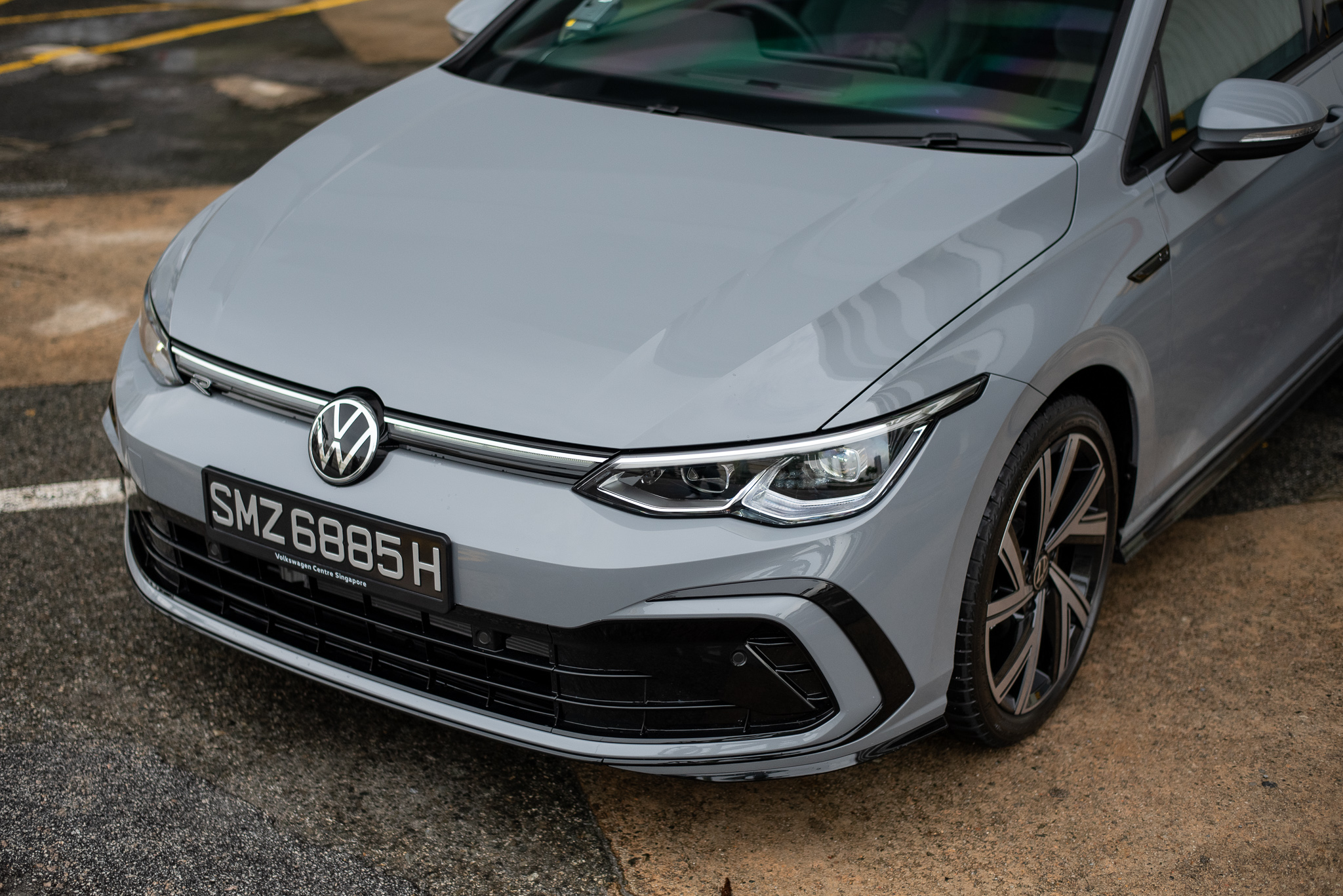
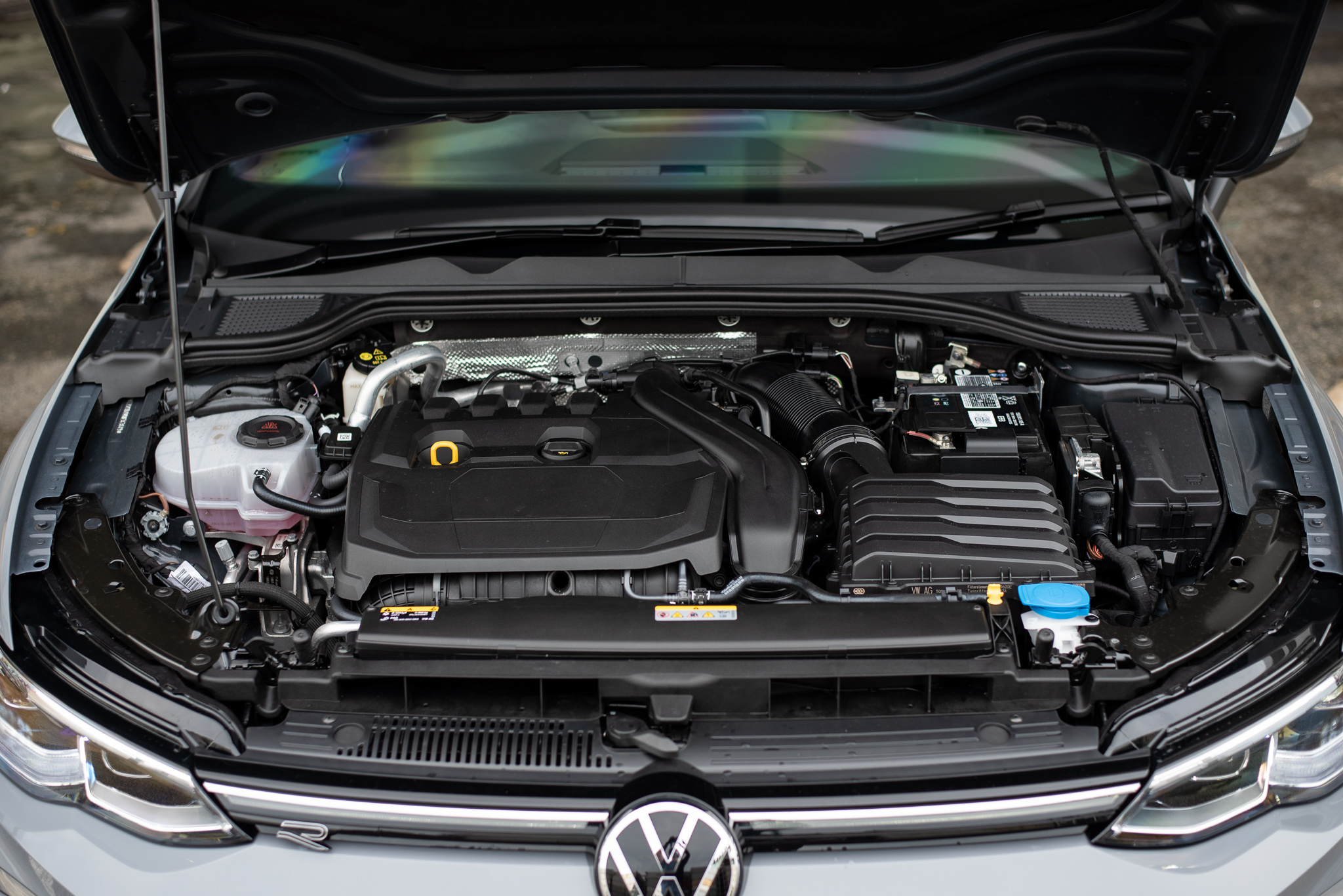
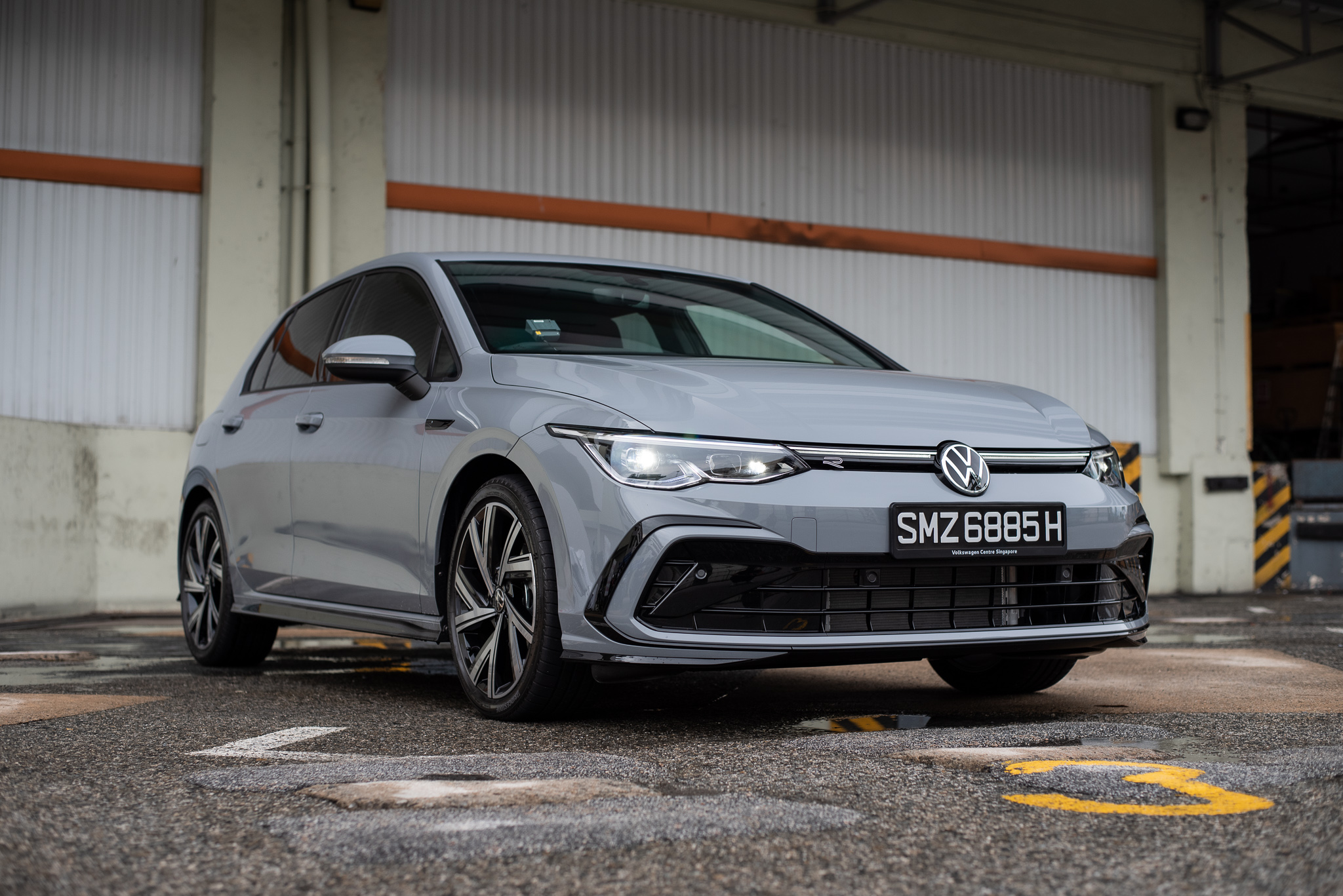
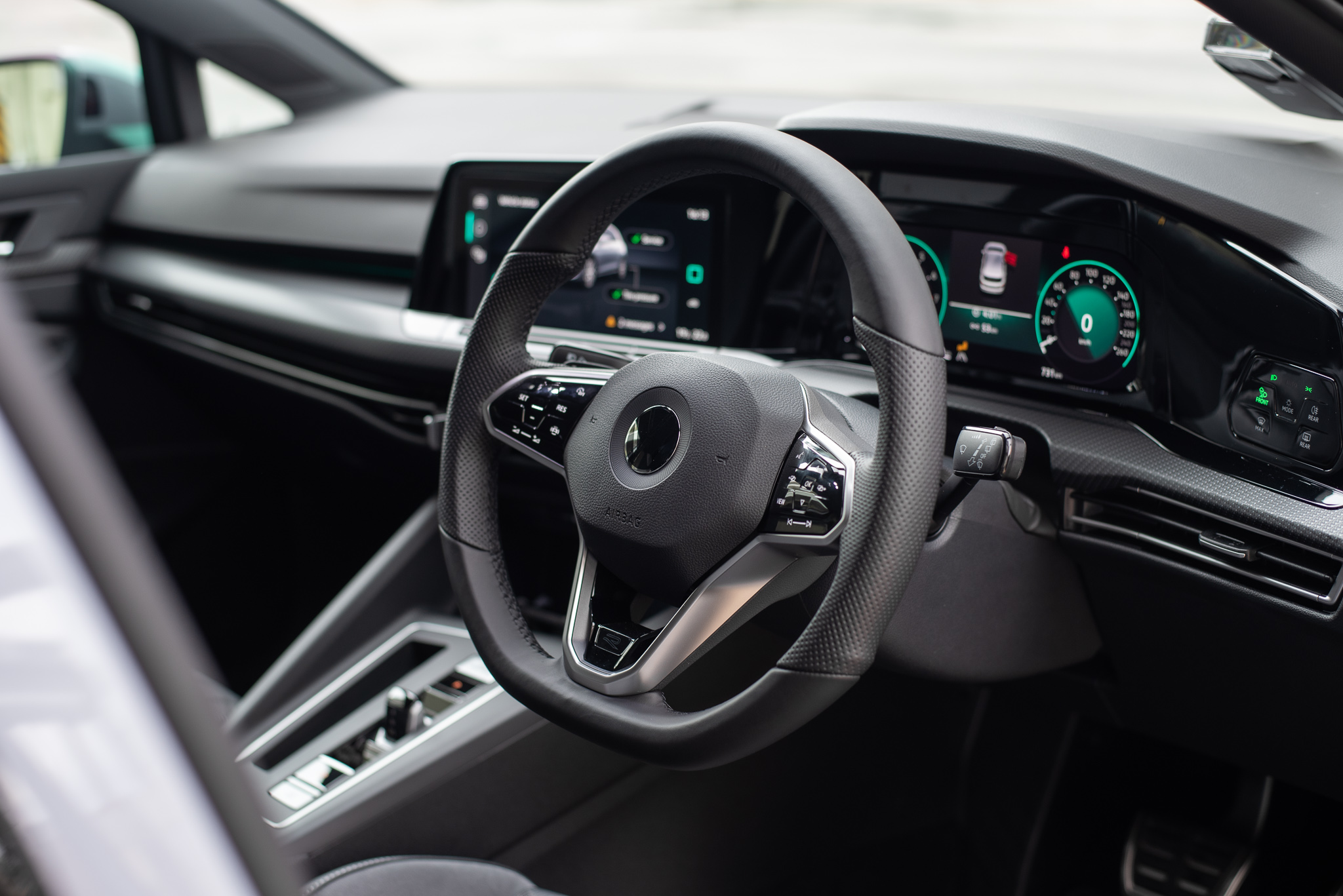
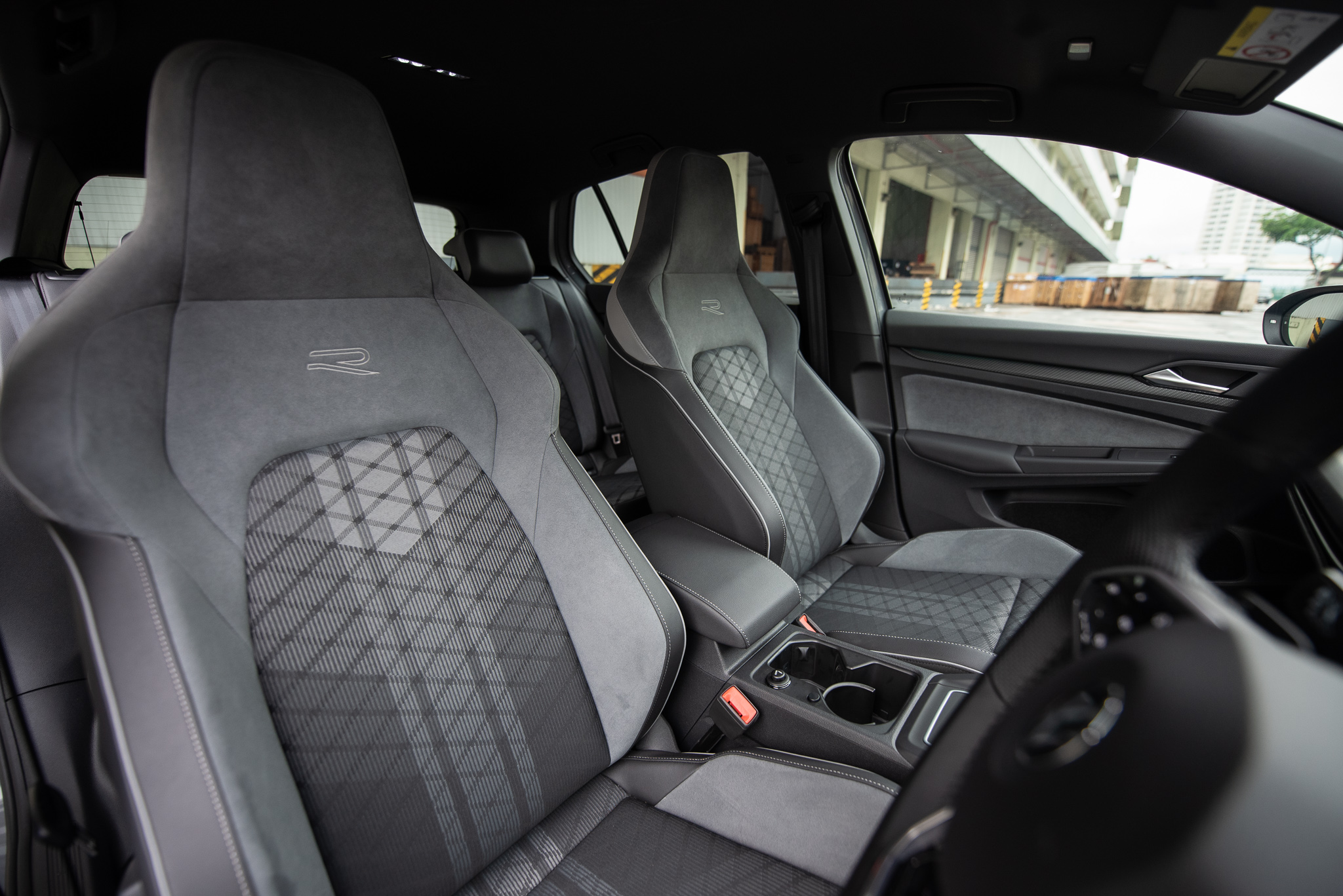
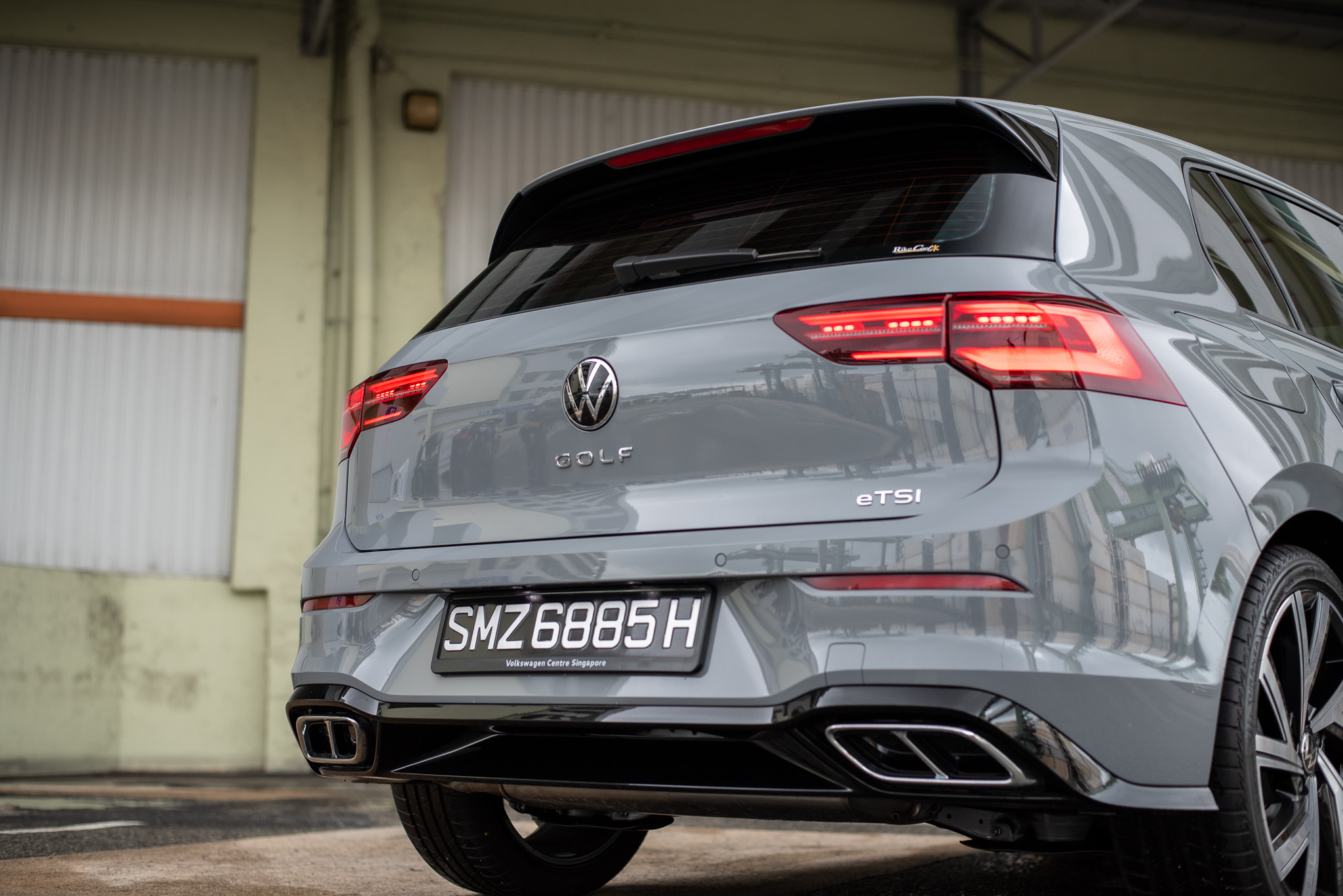
One great example of this is the Mk8 Volkswagen Golf 1.5 eTSI. It has a 1.5L turbo’d four-pot that produces 150hp and it weighs 1277kg, which gives it a power-to-weight ratio of 117.5hp/ton. Bear in mind that both the 11th-gen Civic and 8th-gen Golf come fitted with numerous safety systems and both have a heavier chassis to comply with crash test regulations. All of those additional figures tally up and add a significant amount of weight to a car, but the VW Golf edges ahead in terms of PWR figures.
So again, back to the original question. Do you think 130 horsepower is enough for Category A cars? Internet, do your thing.
PHOTOS Jay Tee & Zotiq Visuals






